While technically still within London’s city limits, Kew Gardens feels a world away. The vast park is nestled in the leafy Richmond suburb along a southwest bend of the River Thames. Thanks to convenient train access, a Kew Gardens day trip is an easy and relaxing way to escape the hustle and bustle of Central London.
A part of the Royal Botanic Gardens, Kew has one of the largest and most diverse plant collections in the world. UNESCO recognizes Kew Gardens for its significant contributions to horticulture and landscape design. Each area, from the Chinese Pavilion to the Great Broad Walk Borders, has been expertly cultivated. And the great variety of plantings means you are sure to see things blooming year-round. I was fortunate to visit in April when the tulips were out and the spectacular Rhododendron Dell looked like an enchanted flower forest.
In the Arboretum, you’ll find over 14,000 trees including ancient oaks and giant redwoods. The tallest sequoia tops out at 40 meters and you’ll have to crane your neck to take it all in. I felt like I was back in California for a second.
Large Victorian glasshouses protect Kew’s collections of rare and exotic plants from around the world. The Palm House contains an entire rainforest, while the Temperate House focuses on flora from more moderate climates. In the Princess of Wales Conservatory, you can stroll through several different ecosystems, from deserts to tropical islands. This is also where you will find the ever popular carnivorous plants, like Venus flytraps and pitcher plants.
Several of the glasshouses have elevated walkways, accessed by spiral staircases, to give you a birds-eye view of the treetops.
Kew Gardens were first planted in 1759 on the grounds of Kew Palace, home to Princess Augusta and her children. After Augusta’s eldest son was crowned King George III, it became a favorite weekend retreat for him, his wife, Queen Charlotte, and their 15 children. (Bridgerton fans will know this couple well, but the show was actually filmed at Hampton Court Palace.)
The idyllic residence eventually became more of a convalescence home as King George suffered through his mental illness. Queen Charlotte later died at Kew Palace, and the plaque that announced this tragic event to the public is on display inside. The mostly empty rooms provide some interesting historical anecdotes about the royal family, like the fact that George and Charlotte had over 50 illegitimate grandchildren! A few rooms have been recreated to show how the palace would have looked.
One of the newer additions to Kew Gardens is the Lake Crossing. This award-winning bridge spans a five-acre lake at the center of the park and is meant to encourage visits to less-popular sections. I found it a great way to get between the Rhododendron Dell and Temperate House.
Another striking modern art feature is The Hive. This honeycomb-shaped metal tower pays homage to bees and the important role they play in nature. The lights and sounds inside the installation are controlled by the buzzing of actual bees! Originally meant to be a temporary exhibit, The Hive is now a permanent fixture of Kew Gardens thanks to its immense popularity.
A Kew Gardens attraction that was sadly closed during my visit is the Great Pagoda. This Chinese-style brick tower was erected in 1762 and is set to reopen in 2023 after a major restoration. Views of London from the top of the 10-story pagoda are said to be quite impressive. I’m sorry I missed it!
There are several cafes and restaurants within Kew Gardens, as well as a fantastic gift shop. You can find details on the various options, as well as ticket prices and entry times online. There are also plenty of dining spots in the little village surrounding the Kew Gardens train station. It took me about an hour to get there from my London hotel. If you are wondering what else there is to do in London, don’t miss my detailed city guide!
Ready to plan a Kew Gardens day trip from London?
PIN this guide for easy reference!
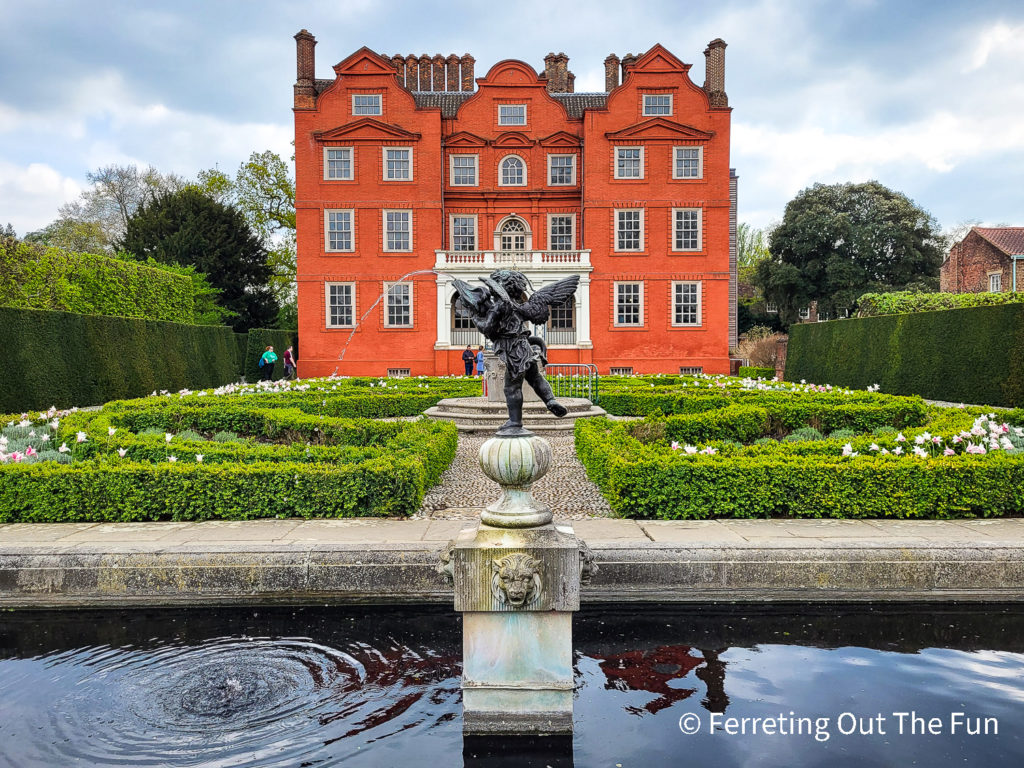
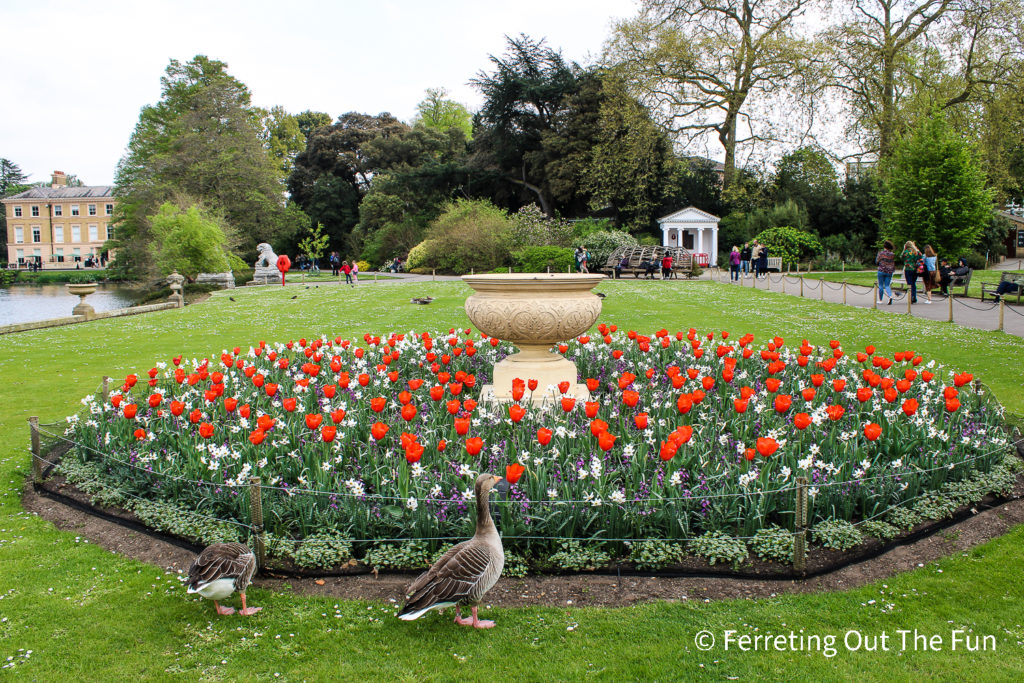
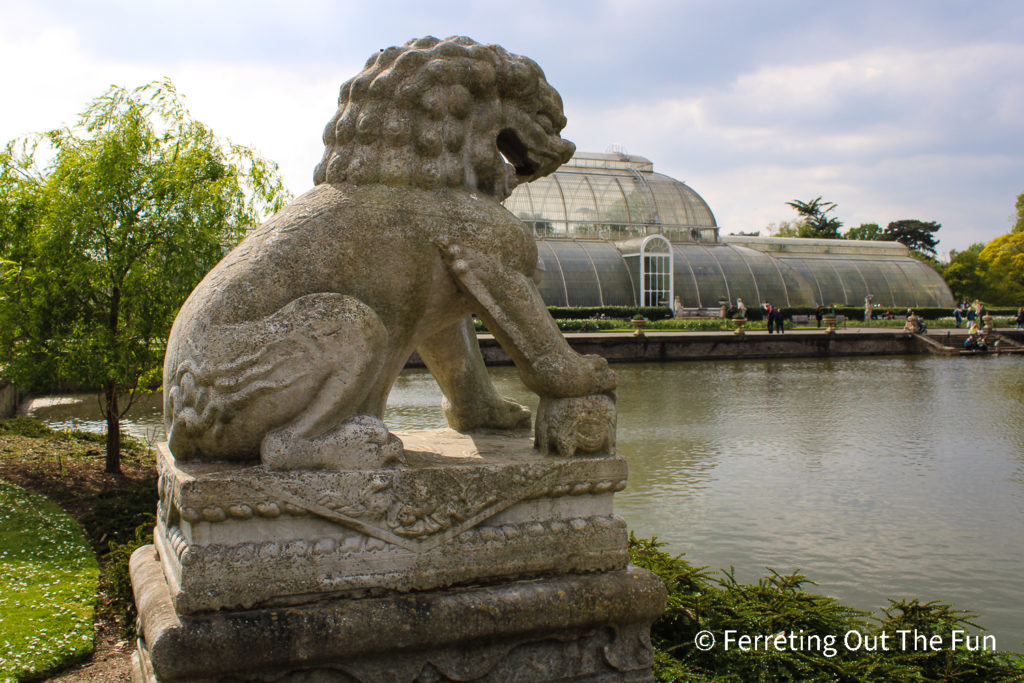
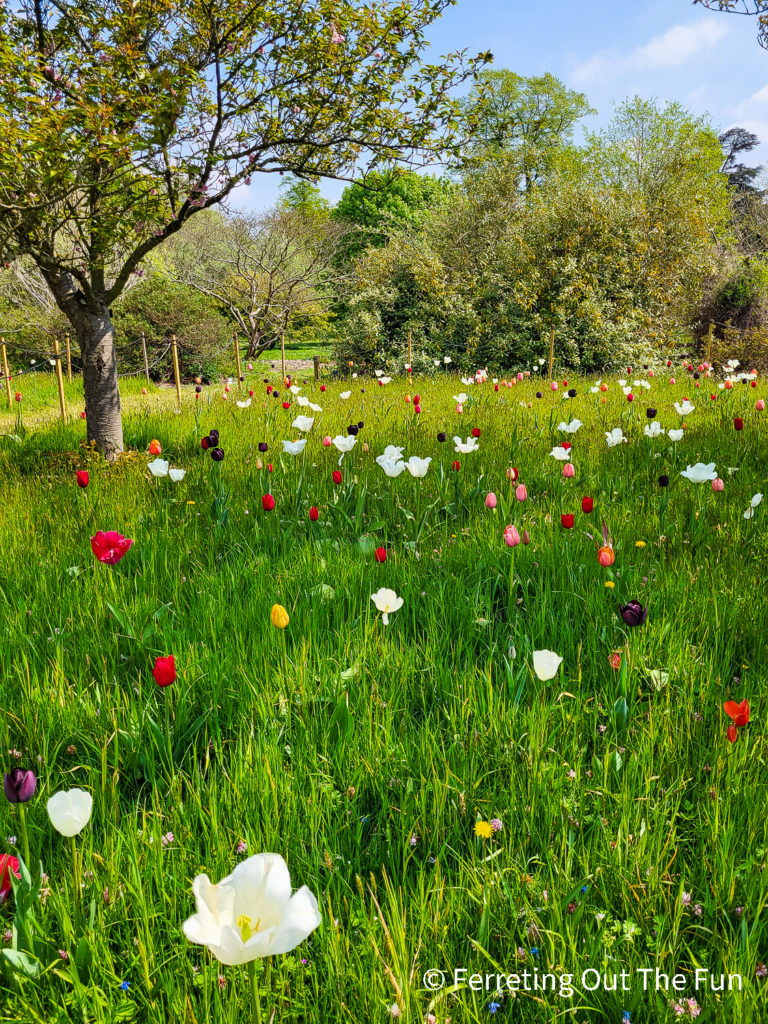
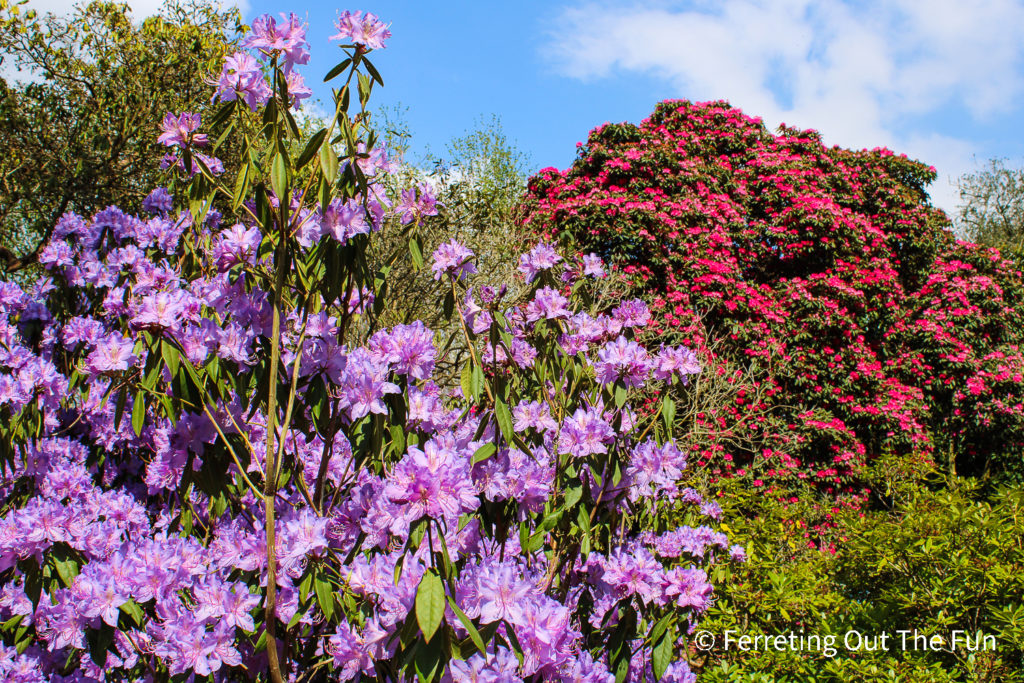
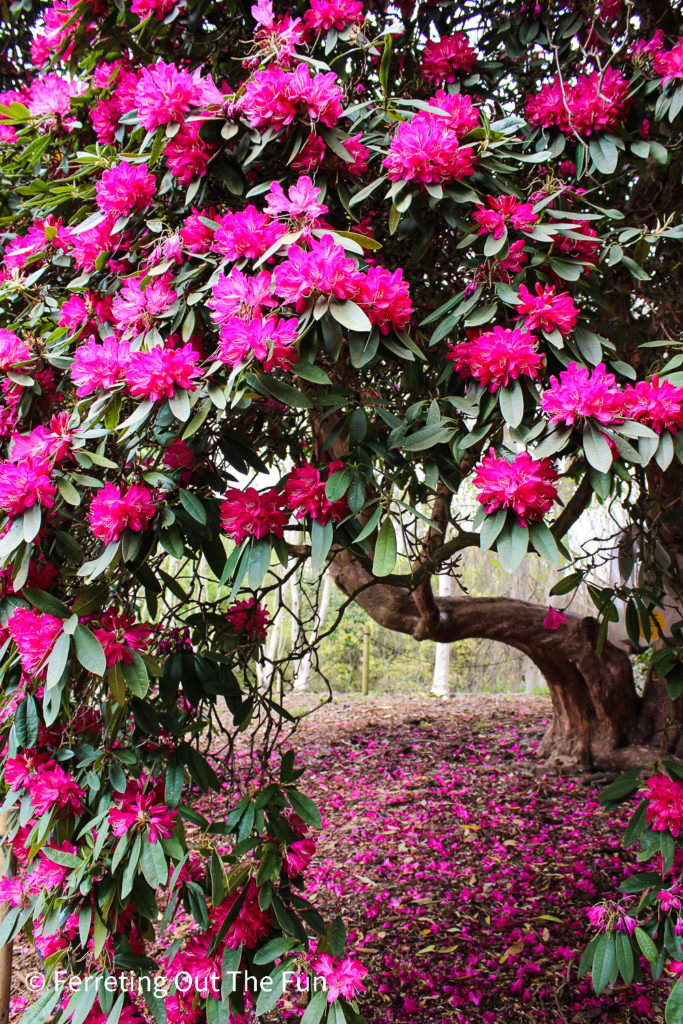
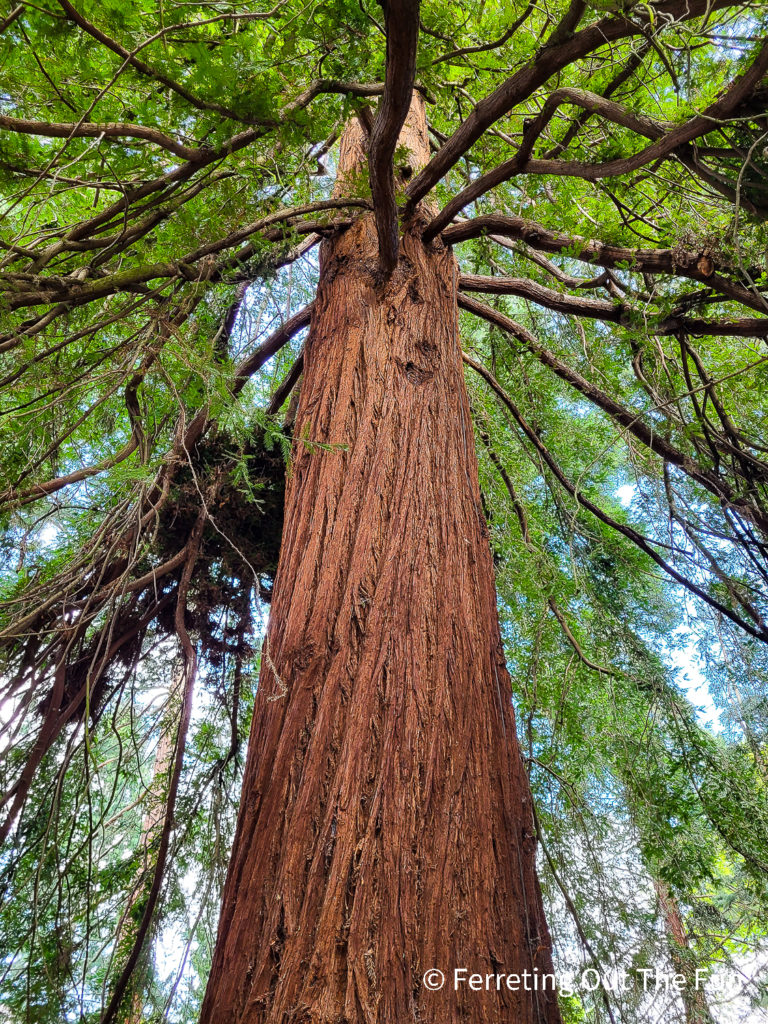
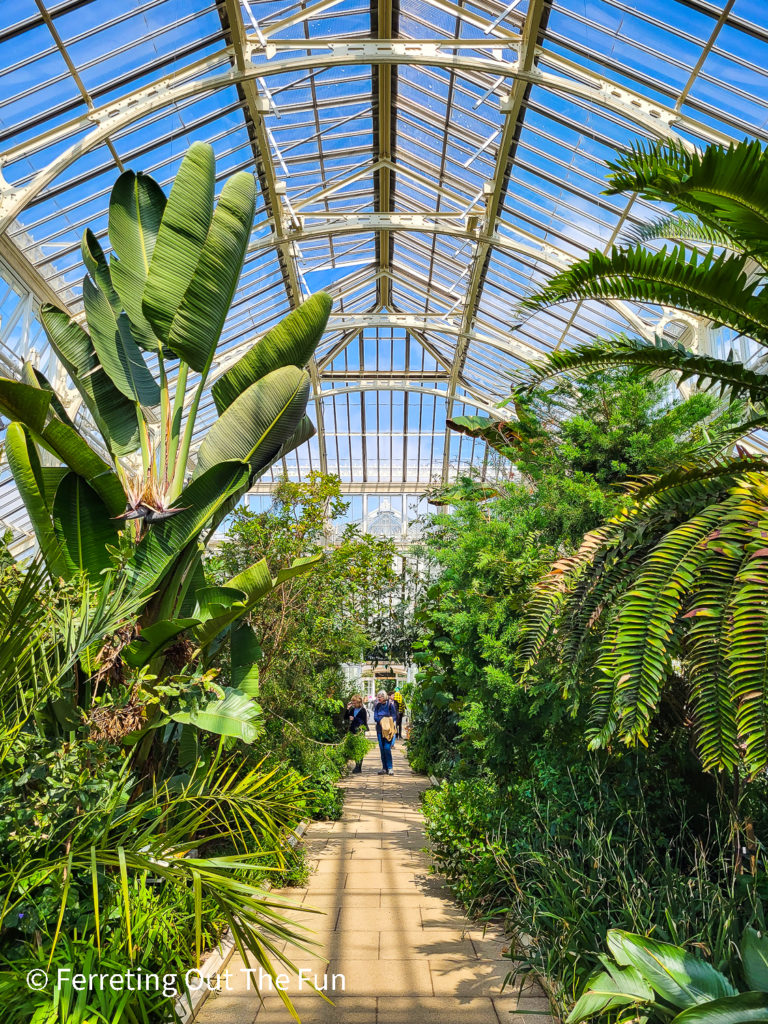
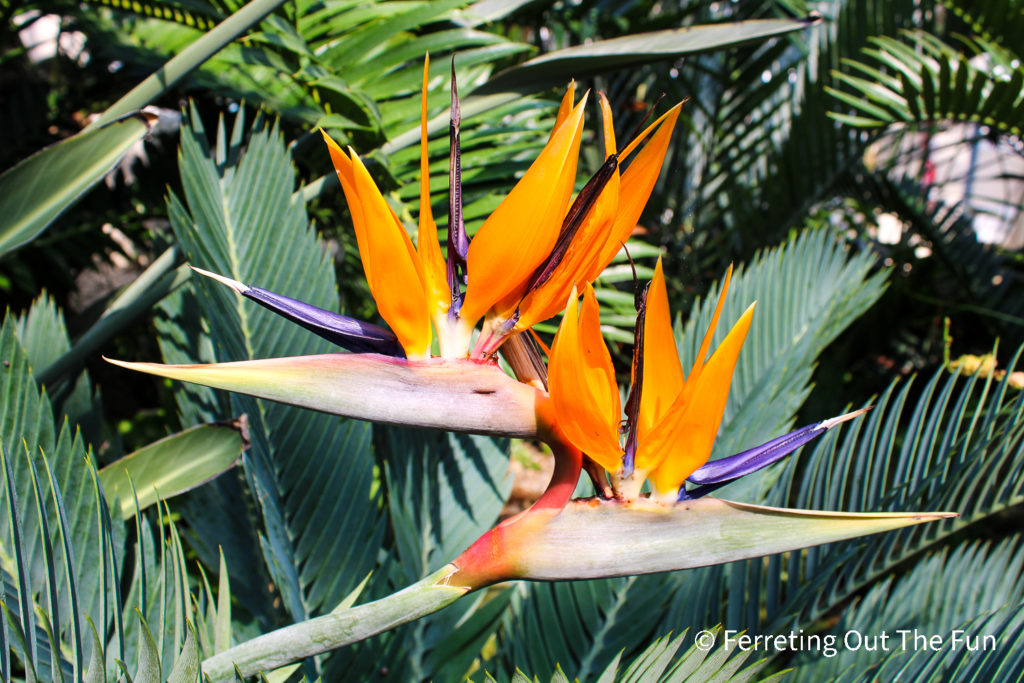
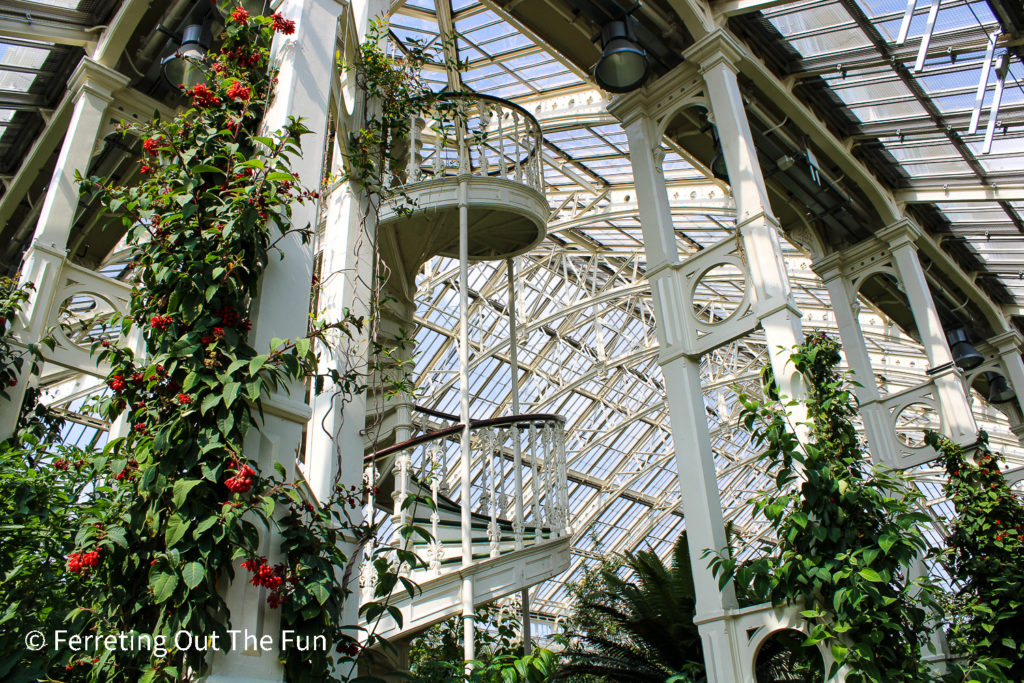
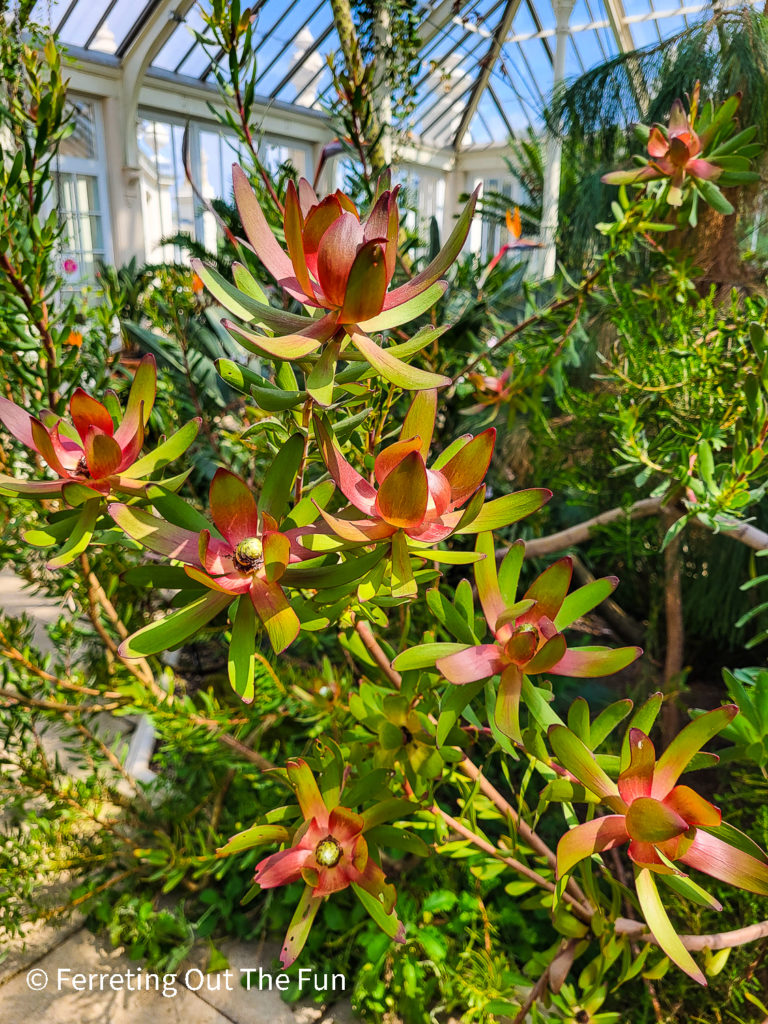
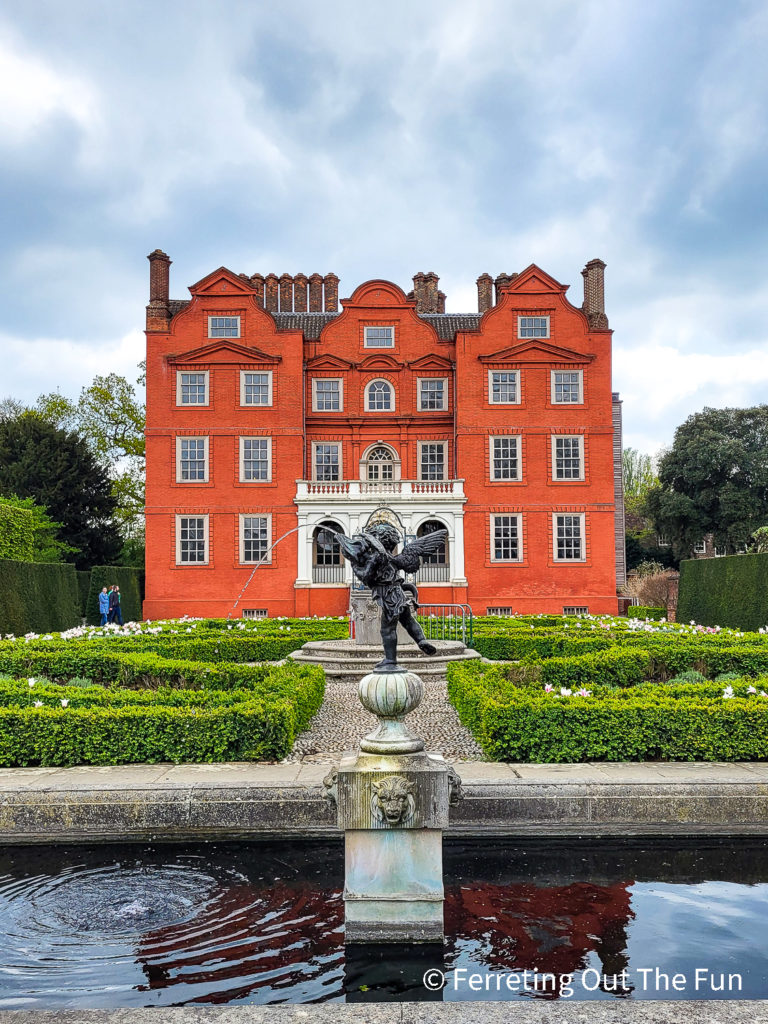
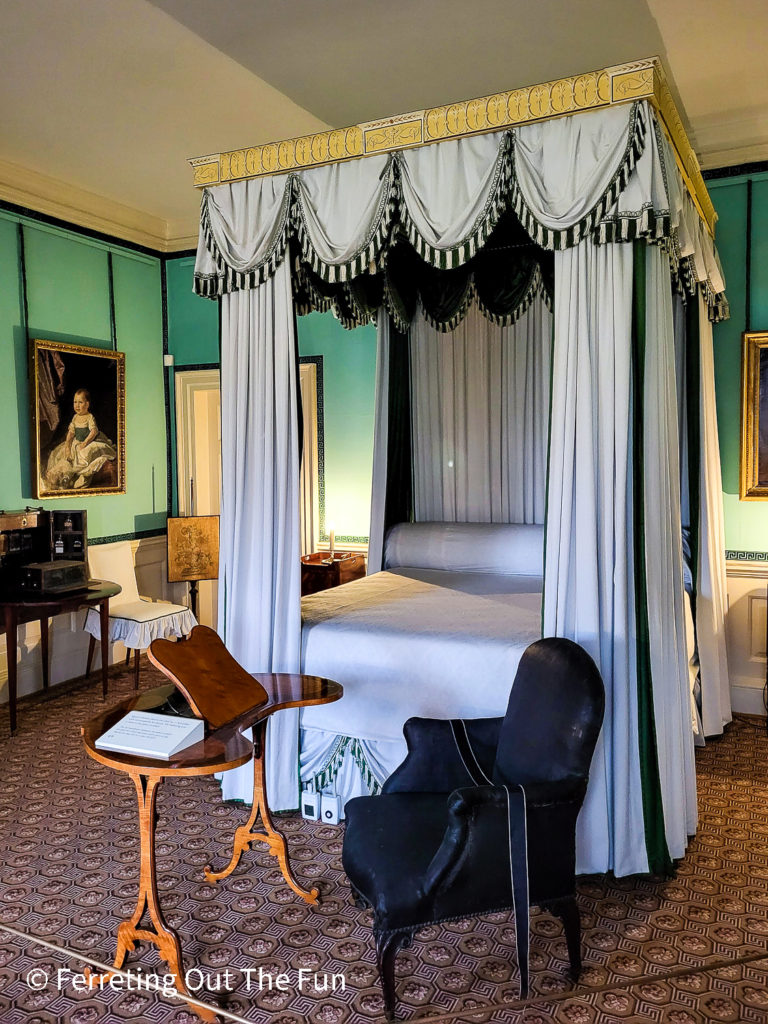
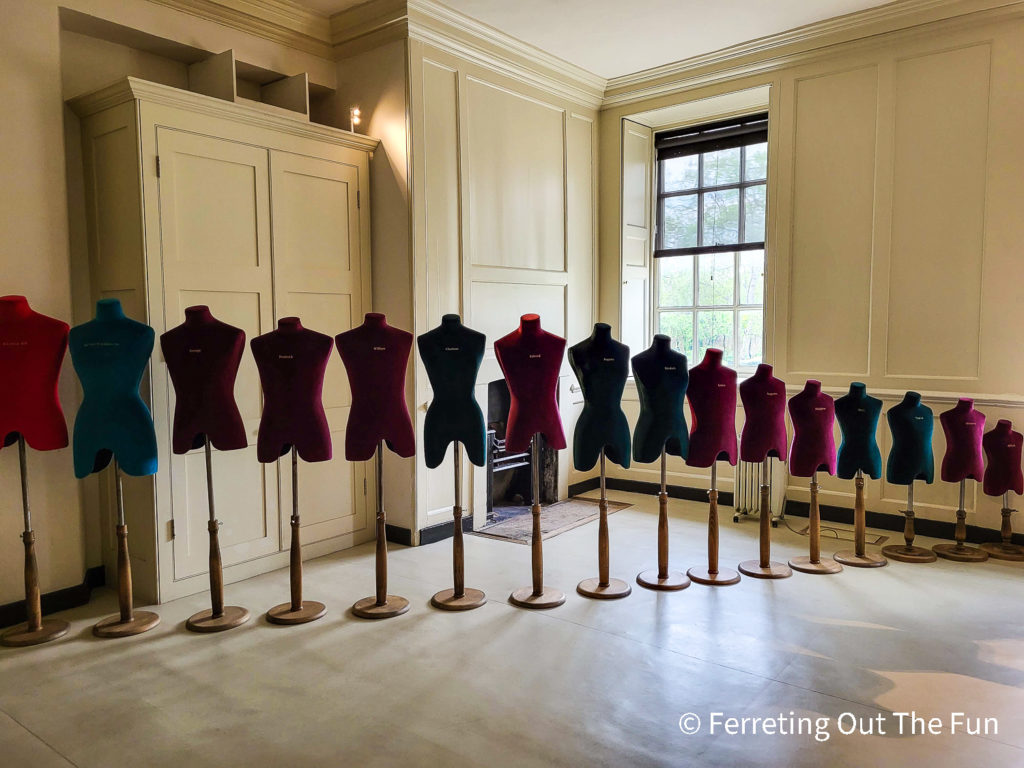
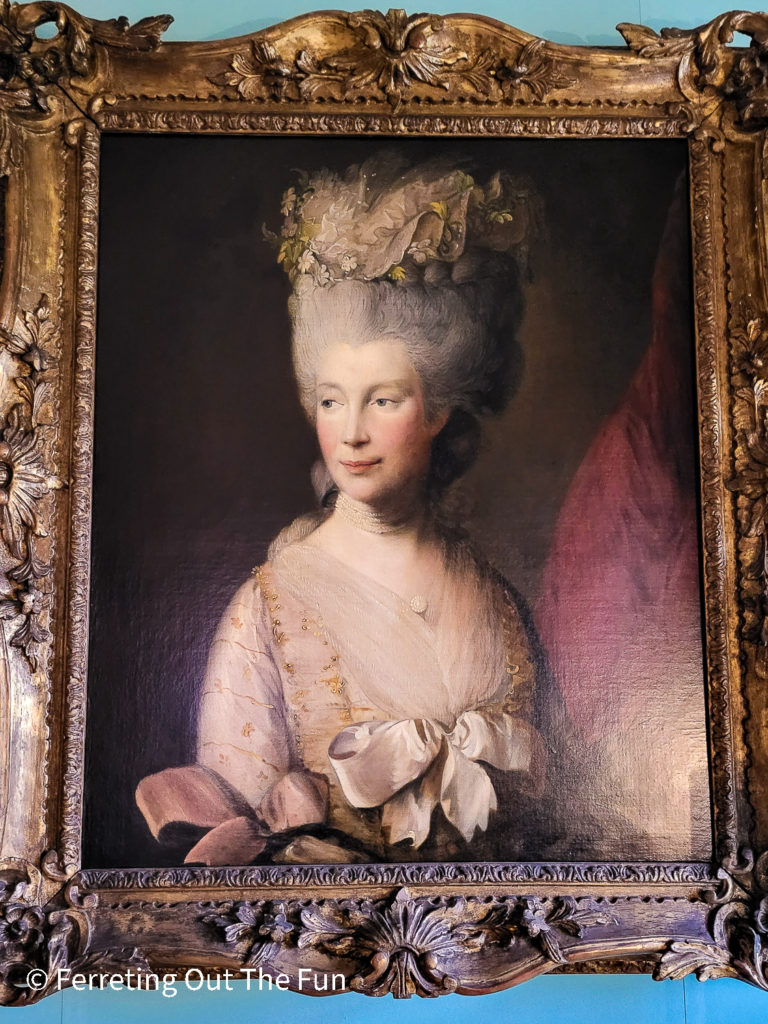
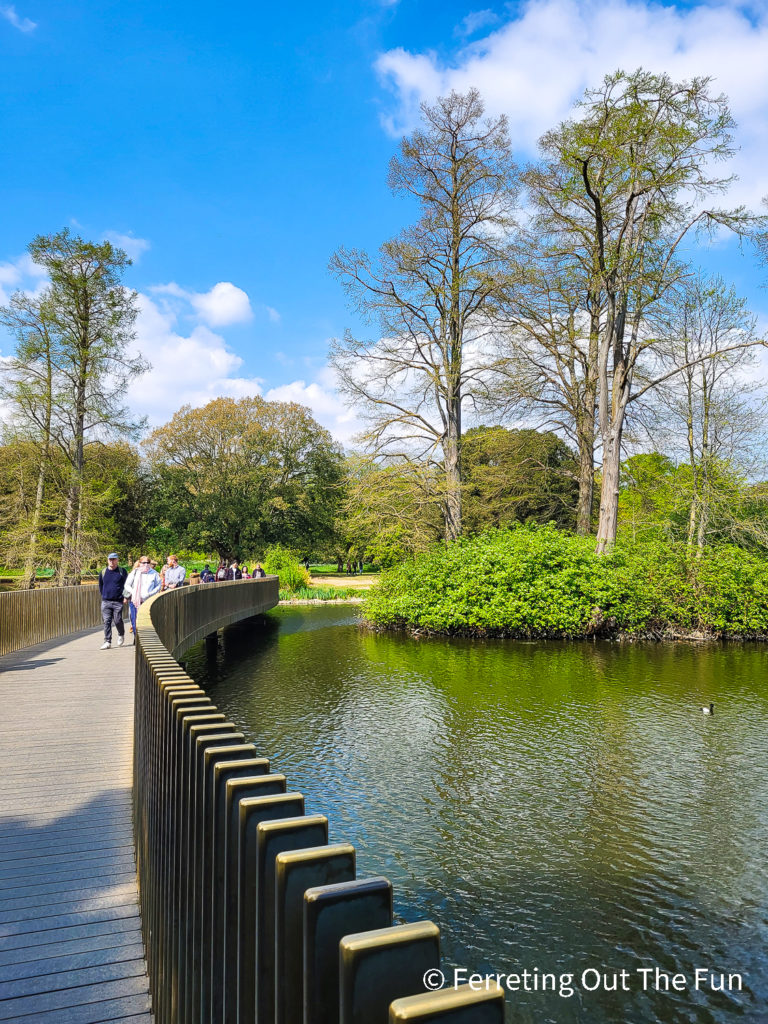
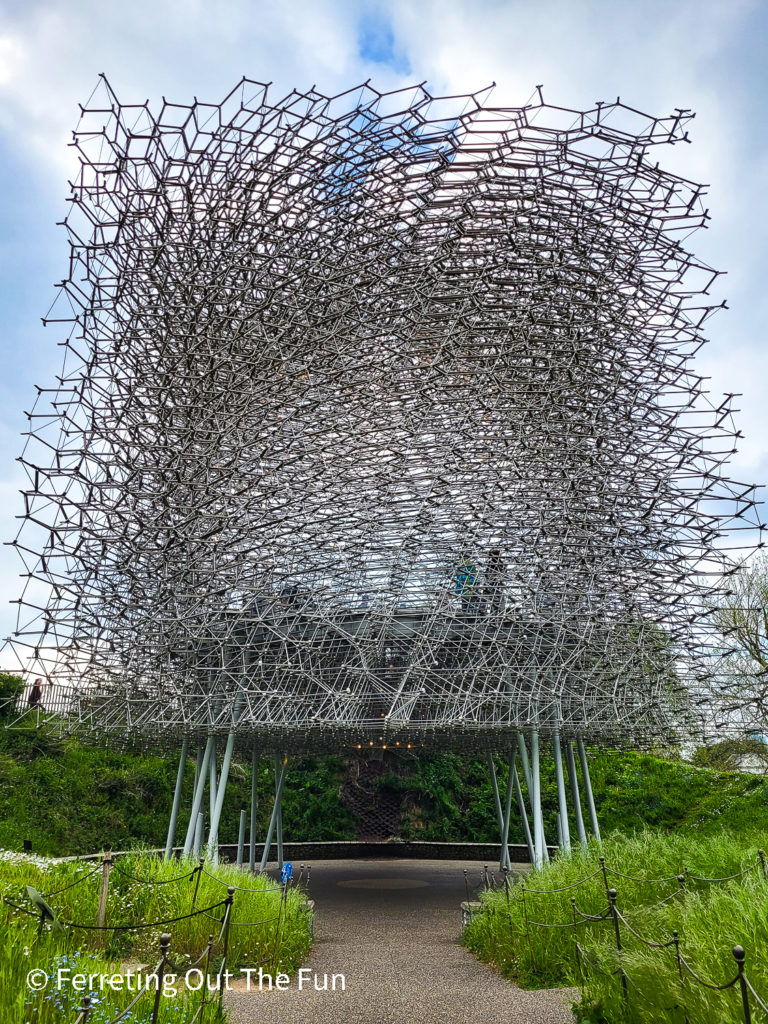
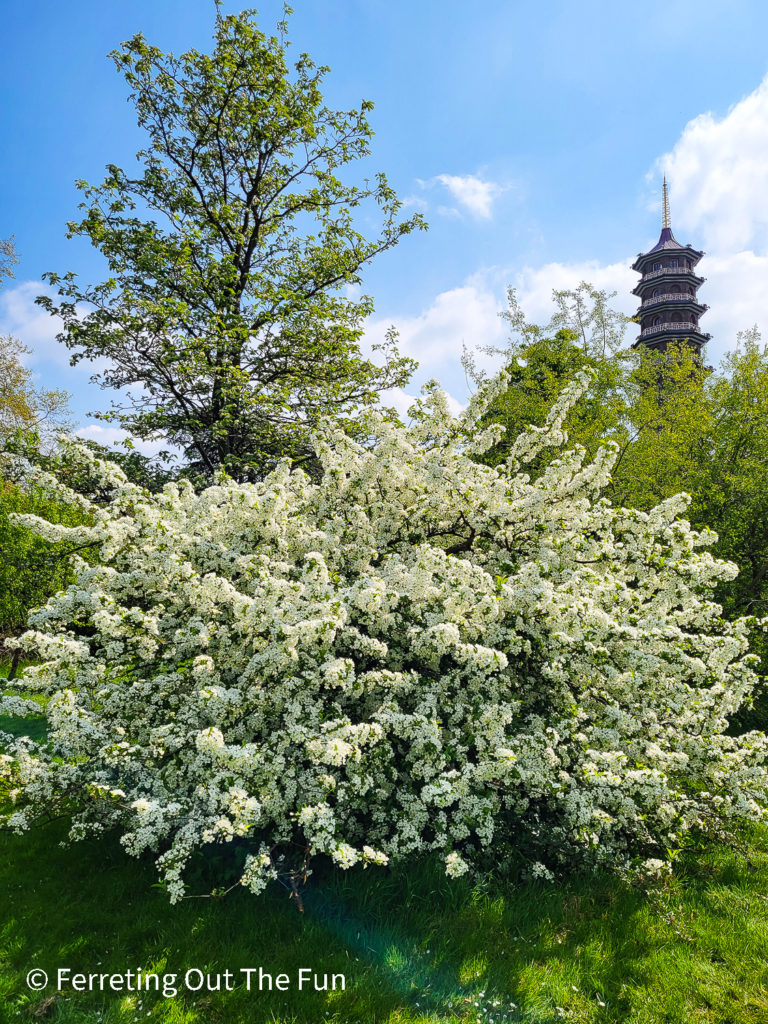
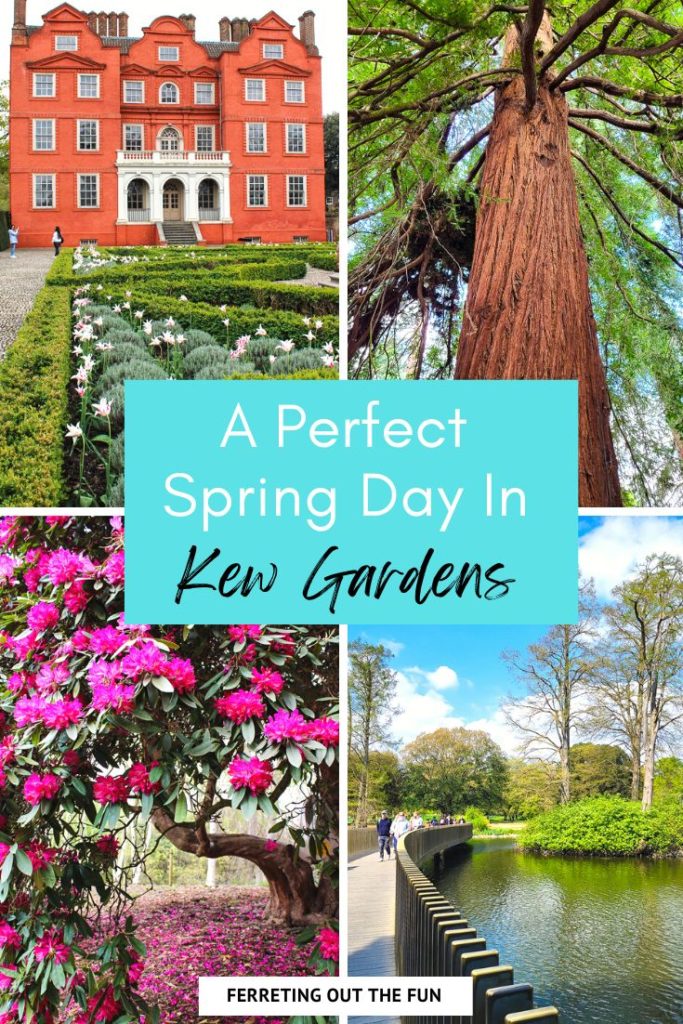
I would have loved this!!! What great pictures. I miss our trips.
Thank you for this post. Between your descriptions and photos, you made Kew Gardens come alive. I especially like the rhododendron photo. It’s breathtaking.
That is so nice, thank you Linda! I really appreciate it.